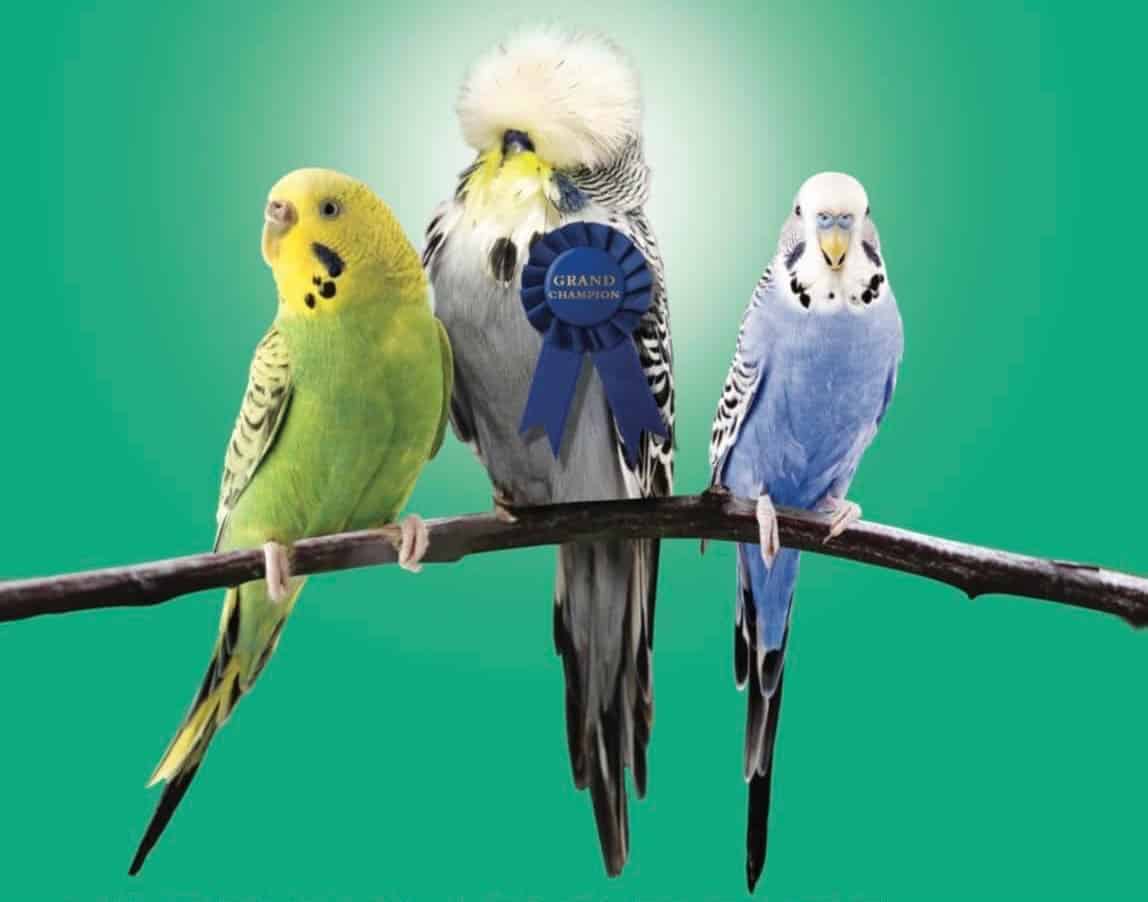The Budgerigar Council of South Australia is proud to offer its guide to budgies as pets, often referred to under the nick names budgerigars or parakeets. These tiny, playful birds have a huge place in the heart of pet owners across the globe. Budgies are beloved companions which is just as popular as cats and dogs. They are smart and affectionate.
It is important to first comprehend the needs and temperament of this adorable bird. This guide will provide you with the necessary information to live well and enjoy a happy, healthy existence, both for you and your feathered companion.

A Social Butterfly with a Tiny Body
Budgies are social animals that thrive in companionship. In the wild, they live in large groups that are constantly chirping, interacted and interacting with each other. One budgie can bond with its owner, especially if they are given lots of attention. But, they should ideally have a companion. If you’re not able to handle two birds, you should spend time with only one bird to prevent lonely.
Chatterboxes with an Flair to mimic
A pet budgie’s ability to mimic sounds is among of its most endearing characteristics. If they are trained and patient Budgies will develop the ability to imitate sounds and talk in phrases. They’ll also add a fresh dimension of fun to their whistles and chirps. It is possible for their vocabulary to vary. Certain budgies could turn into true chatterboxes while others are content with basic whistles. No matter how well-spoken they are, their vocal sounds can bring a huge smile to any face.
A Rainbow on Wings
Budgie birds are available in a wide range of colors. From the classic combination of yellow and light blue to bright shades of green violet, and white. Breeders have created many variations which means you’re certain to find one that matches your personality. Color variation can be a sign of age and sex in birds, so they are a great conversation starter.
How to live large within a limited space
Although budgies are tiny, they require plenty of room to roam, fly and climb. The minimum cage size must be at a minimum 20 inches long and 12 inches deep and 18 inches high. However, bigger is better! Perches with different heights in terms of textures and sizes can keep your bird busy. Also, rotate the toys frequently to prevent boredom. The cage should not be placed in direct sunlight.
A Budgie-Approved diet
A healthy diet for your budgie is based on a pelleted food of high quality, specially formulated for smaller parrots. This provides them with the essential nutrients they need to live a healthy life. Incorporate fresh fruits and vegetables to their pellets like apples, carrots and other leafy greens and leaves (remove the seeds). The cuttlebone will keep their beaks trimmed and provide essential minerals. Always ensure that they are able to access fresh, clean water.
A bonding experience between you and your feathered friend
The art of taming a budgie requires patience and a gentle touch. Begin slowly to approach the cage and then talk to your bird. You can build trust by offering millet or other food items through the bars of the cage. Once your budgie is comfortable in your presence it is possible to enter the cage to invite him to sit on your finger. Be patient, but not overly aggressive. This process could take weeks or even days.
Commitment for Life
If properly taken care of the budgies will last 10 to 12 years. Take a look at your life style, and whether you are able to commit in the long-term. Do you have the capacity to provide them with regular interaction and a tidy, stimulating environment? If so then a budgie can be a companion who enriches your life, with playful chatter and antics. Click here for Budgie Bird
The Budgerigar Council of South Australia encourages responsible pet ownership. Talk to an avian veterinarian for assistance if you have questions or concerns about how to care for your bird’s friend.